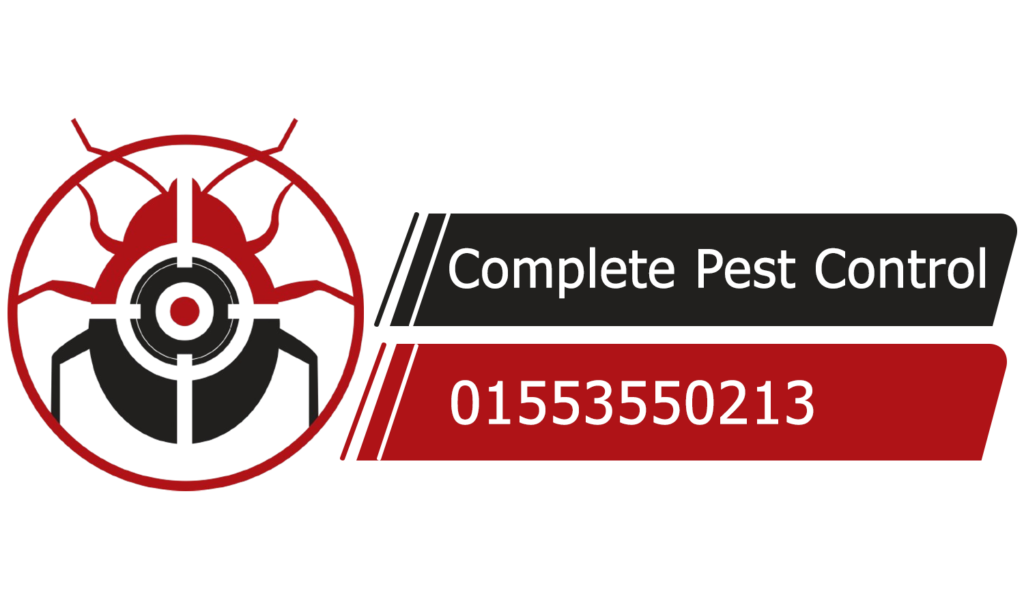To effectively budget for regular pest control in your home, it is essential to understand various factors, including service frequency, types of treatments, potential costs, and any additional considerations that may impact your budget.
- Assess Your Needs: First, consider your home’s specific needs based on location, seasonality, and any past pest issues. Homes in areas prone to termites or seasonal infestations may require more frequent treatments, while other homes may only need preventive services quarterly or bi-annually.
- Research Service Options: Contact local pest control companies to understand what packages they offer. Many companies provide ongoing plans that include regular inspections and treatments at a reduced rate compared to one-time services. Look for plans tailored to common household pests or more comprehensive options if you need specialized treatment.
- Compare Costs: Get quotes from a few different providers to find one that fits your budget. Ask about the cost for quarterly or bi-annual visits and any additional charges for specific treatments like termite control or bed bug extermination, which may be priced separately.
- Set a Monthly or Quarterly Allocation: Divide the annual cost of your chosen service plan into monthly or quarterly payments to make it easier to manage within your household budget. Setting up automatic payments can help you avoid missed services and maintain consistent protection.
- Plan for Emergency Costs: Consider setting aside a small emergency fund for unexpected infestations. Even with regular pest control, pests like bed bugs or rodents can occasionally invade, and having funds set aside can help you cover urgent treatments without strain.
- Look for Discounts and Bundles: Some companies offer discounts for long-term contracts or bundled services, like combining pest control with lawn treatments. Additionally, some providers may give seasonal promotions or discounts for referrals.
- DIY for Prevention: To supplement professional pest control and stretch your budget, invest in DIY measures like sealing entry points, keeping a clean home, and storing food securely. These efforts can reduce pest risks and help your professional treatments last longer.
Pest Control Costs
- Type of Pest: Different pests require specific treatments, which can influence the overall cost. For example, termites may incur higher costs due to the nature of their damage.
- Frequency of Treatment: Most homes benefit from regular pest control, which may include monthly, quarterly, or bi-annual treatments. An assessment of the frequency needed based on pest prevalence in your area is important.
- Type of Service: You may choose between general pest control, specialized services (like rodent control), or organic treatments, which can differ in pricing.
Estimating Your Budget
- Research Local Service Providers: Gather quotes from multiple pest control companies to understand the average costs in your area. It’s often beneficial to read reviews and check credentials before selecting a service.
- Determine Service Frequency: Decide how often you want treatments, which can heavily influence your monthly or annual budget. Most homeowners opt for either monthly or quarterly treatments.
- Estimate Annual Costs: Based on the frequency and type of service from your selected provider, calculate the estimated annual cost. For example, if a quarterly service costs $100, your annual budget would be approximately $400.
- Consider Emergency Treatments: Factor in potential costs for emergency treatments, which might arise if a pest problem escalates quickly. Allocating an extra amount annually for unforeseen pest issues is advisable.
- Identify Any Additional Fees: Be aware of possible extra charges that some services may impose, such as travel fees, initial assessments, or follow-up visits.
Incorporating It Into Your Overall Budget
- Monthly Allocation: If your estimated yearly cost is $600, consider setting aside $50 a month.
- Emergency Fund: In addition to regular expenses, have a separate fund for unexpected pest control needs.
Reevaluating Over Time
- Monitor Changes: If you notice a decrease in pest activity or if home conditions change (for example, moving to a less pest-prone area), you may adjust the frequency of service accordingly.
- Review Costs Annually: Compare your actual expenses with your budget to determine if adjustments are needed, considering any increases in service rates or necessary changes in treatment frequency.








